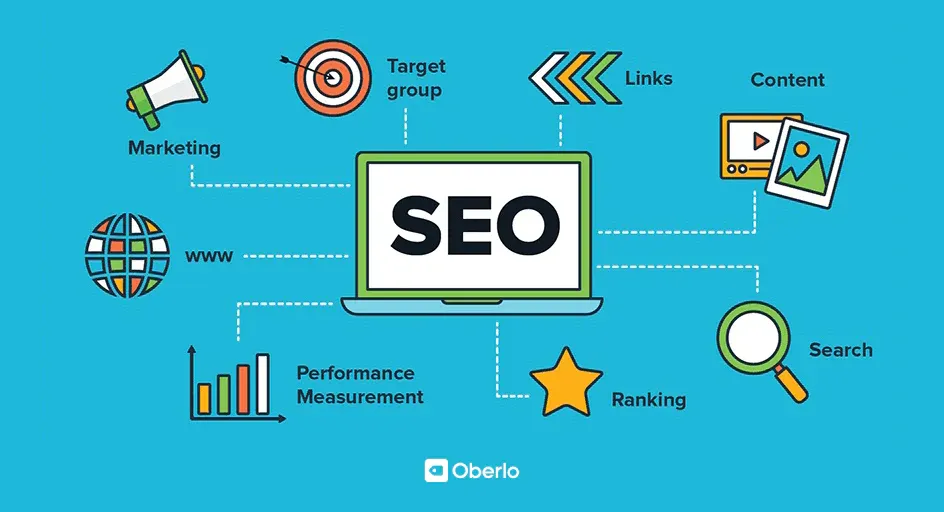Published August 10, 2025

Creating an effective content marketing strategy is essential to build brand awareness, engage customers, and drive sustainable growth. Whether you’re seasoned or just starting, a well‑crafted plan helps you produce content that resonates with your audience and supports business goals. Here’s a clear, step‑by‑step guide.
1) Define Your Content Marketing Goals
Set SMART goals: Specific, Measurable, Achievable, Relevant, Time‑bound.
Example: “Increase organic traffic by 30% within six months.”
Align with business objectives: Make sure your goals support lead generation, brand awareness, retention, or revenue.
2) Know Your Audience
Create detailed buyer personas: Demographics, interests, pain points, challenges.
Use analytics: Google Analytics and social insights reveal current audience behavior to inform future content.
3) Conduct a Content Audit
Review what exists: Flag top performers, outdated items, and gaps.
Repurpose winners: Turn strong posts into infographics, videos, podcasts, carousels, etc.
4) Research & Plan Topics
Do keyword research: Use Ahrefs, SEMrush, or Google Keyword Planner to find relevant, high‑intent keywords.
Track trends: Follow industry news, competitors, and social chatter.
Define content pillars: Establish core themes with supporting subtopics.
5) Build a Content Calendar
Plan for consistency: Map what publishes where and when.
Balance formats: Blog, social, video, webinars, newsletters, downloads.
Assign ownership & deadlines: Clarify who does what and by when.
6) Create High‑Quality Content
Deliver value: Provide actionable insights and solutions.
Keep it readable: Use headings, bullets, short paragraphs.
Apply SEO best practices:
Use primary/secondary keywords naturally.
Add internal/external links to reputable sources.
Optimize images (alt text, size), titles, and meta descriptions.
7) Promote Your Content
Leverage social media: Share natively on LinkedIn, X, Facebook, Instagram, TikTok.
Email marketing: Newsletters and targeted sends to spotlight new content.
Collaborate: Partner with influencers or brands to extend reach.
8) Measure & Analyze
Track KPIs: Page views, time on page, bounce rate, conversions, assisted conversions.
Gather feedback: Surveys, comments, polls.
Iterate based on data: Double down on what works; fix or retire what doesn’t.
9) Continuously Optimize
Stay current: Tools and algorithms change—keep learning.
Test & learn: A/B test headlines, formats, CTAs, and distribution to lift engagement.
Conclusion: A successful content marketing strategy requires planning, consistency, and adaptability. Follow these steps to align with business goals, resonate with your audience, and drive meaningful results. Remember, content marketing is a long‑term investment that builds authority and nurtures customer relationships over time.